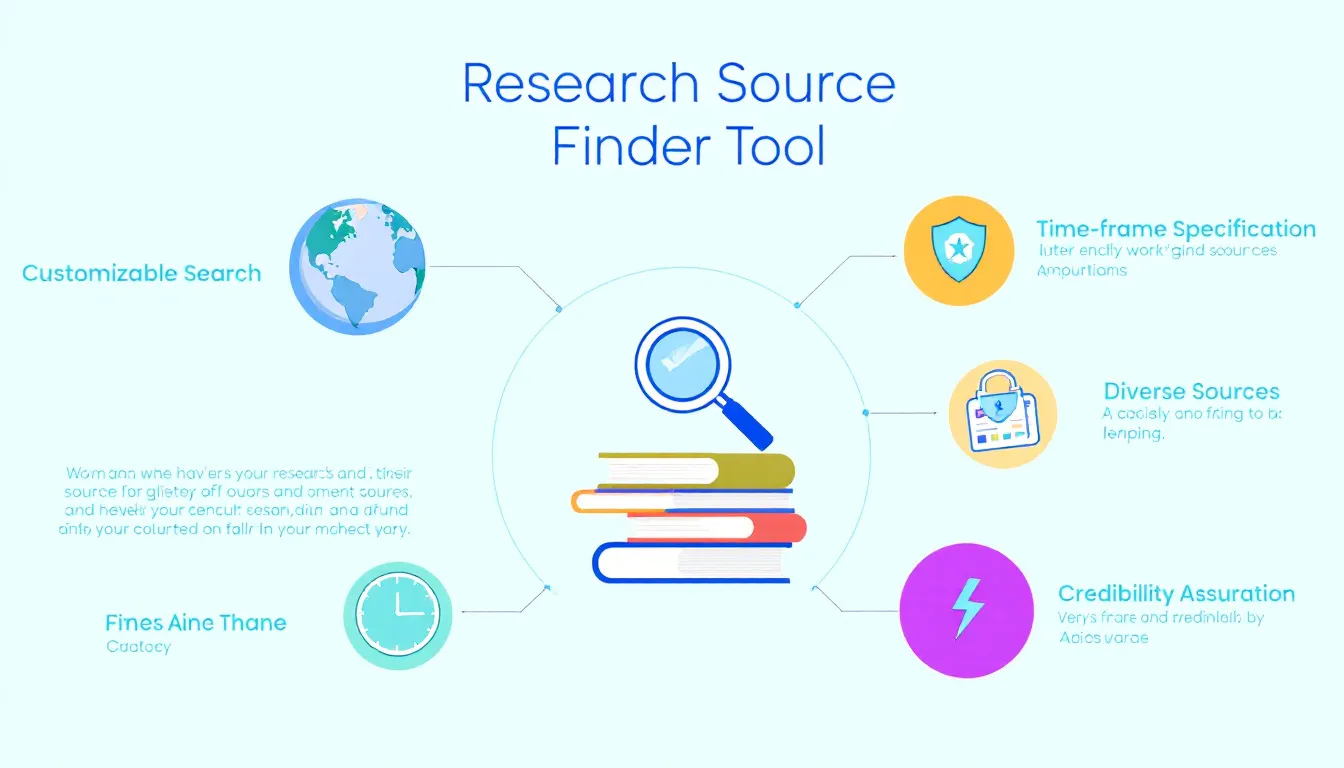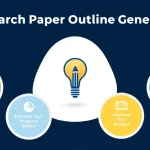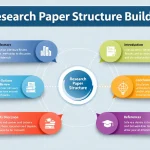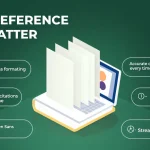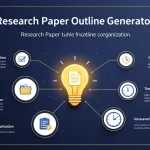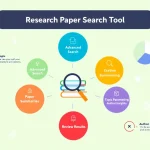Is this tool helpful?
How to Use the Research Source Finder Tool Effectively
To get the best results from the Research Source Finder Tool, follow these clear steps to provide the most useful input:
- Enter your main research topic: Type the central focus of your study. For example, try “Effects of urbanization on bird populations” or “Renewable energy adoption in rural areas”.
- Specify preferred source types (optional): Indicate which kinds of materials you’d like included, such as “technical reports, government publications, scientific conferences” or “industry white papers, academic theses”.
- Set the number of sources (optional): Tell the tool how many references you want, like “8” for a broad overview or “3” for a quick selection.
- Define the preferred time frame (optional): Enter the publication period that matches your needs, for example, “past 2 years” or “2010 to 2018”.
- Click the ‘Find Research Sources’ button: The tool will process your request and display a curated list of credible references.
- Review and copy the results: Once the sources appear, you can easily copy the list to use in your paper or project bibliography.
Providing detailed and specific inputs helps the tool tailor the source list precisely to your research needs. This saves time and ensures you get reliable, relevant references.
What the Research Source Finder Tool Does and Why It Matters
The Research Source Finder Tool helps you quickly gather credible references for your papers or projects. It scans trusted databases and curates a list of sources that fit your specified topic, preferred source types, number of sources, and publication time frame.
This tool serves researchers, students, and professionals who want to skip hours of manual searching and rely on a reliable, efficient means of finding scholarly articles, official reports, books, and quality news coverage.
Key Benefits of Using This Research Source Finder
- Save Time: Quickly obtain a curated list of relevant and reputable sources without endless searching.
- Maintain Credibility: The tool prioritizes peer-reviewed journals, government documents, and authoritative publications.
- Stay Current: Choose a publication period to access the latest research and developments in your field.
- Customize Your Search: Select source types and number of references to suit your specific project requirements.
- Comprehensive Coverage: Access diverse perspectives and interdisciplinary material relevant to your research.
Using this tool lets you build a solid foundation of high-quality sources, helping you craft well-informed, trustworthy research papers or reports.
Practical Uses for the Research Source Finder Tool
You can apply this tool effectively in various research settings, such as:
Academic Research
Students and scholars preparing papers or dissertations can use the tool to quickly gather scholarly articles and official reports on specific topics. For example, a psychology student researching “Cognitive behavioral therapy for adolescent anxiety” can specify preferred sources like “peer-reviewed journals, clinical trial reports” to get focused results.
Journalism
Reporters needing credible background information on current events can use the tool to find recent news articles, official statistics, and expert analyses. For instance, covering a story on “Renewable energy policies in Asia”, a journalist may request “government reports, industry analyses, recent news coverage”.
Business and Market Research
Business professionals can gather market reports, industry white papers, and academic studies on topics like “Sustainable packaging innovations” or “Consumer behavior during economic downturns”. This helps create well-informed strategies supported by up-to-date and diverse sources.
How the Research Source Finder Tackles Common Research Challenges
Avoiding Overload of Irrelevant Information
Instead of sifting through thousands of unrelated results, the tool filters sources based on your exact criteria, giving you only the most pertinent, quality references.
Meeting Tight Deadlines
You can save hours by automating source collection, letting you focus on writing and analysis rather than hunting for credible resources.
Ensuring Source Credibility
The tool targets reputable publishers and recognized experts, so you avoid unreliable or biased information.
Accessing Recent and Relevant Studies
Filtering by your preferred publication period guarantees that results reflect the latest research and data.
Supporting Interdisciplinary Research
By drawing on varied source types across multiple fields, the tool helps you compile a diverse and balanced bibliography for complex topics.
Summary
This Research Source Finder Tool simplifies the task of gathering credible references tailored to your research topic and needs. By specifying your research focus, preferred sources, number of references, and desired publication timeframe, you receive a curated, trustworthy list that saves time and improves the quality of your work. Whether you are a student, journalist, or business analyst, this tool supports efficient, reliable research and better outcomes.
Important Disclaimer
The calculations, results, and content provided by our tools are not guaranteed to be accurate, complete, or reliable. Users are responsible for verifying and interpreting the results. Our content and tools may contain errors, biases, or inconsistencies. We reserve the right to save inputs and outputs from our tools for the purposes of error debugging, bias identification, and performance improvement. External companies providing AI models used in our tools may also save and process data in accordance with their own policies. By using our tools, you consent to this data collection and processing. We reserve the right to limit the usage of our tools based on current usability factors. By using our tools, you acknowledge that you have read, understood, and agreed to this disclaimer. You accept the inherent risks and limitations associated with the use of our tools and services.
